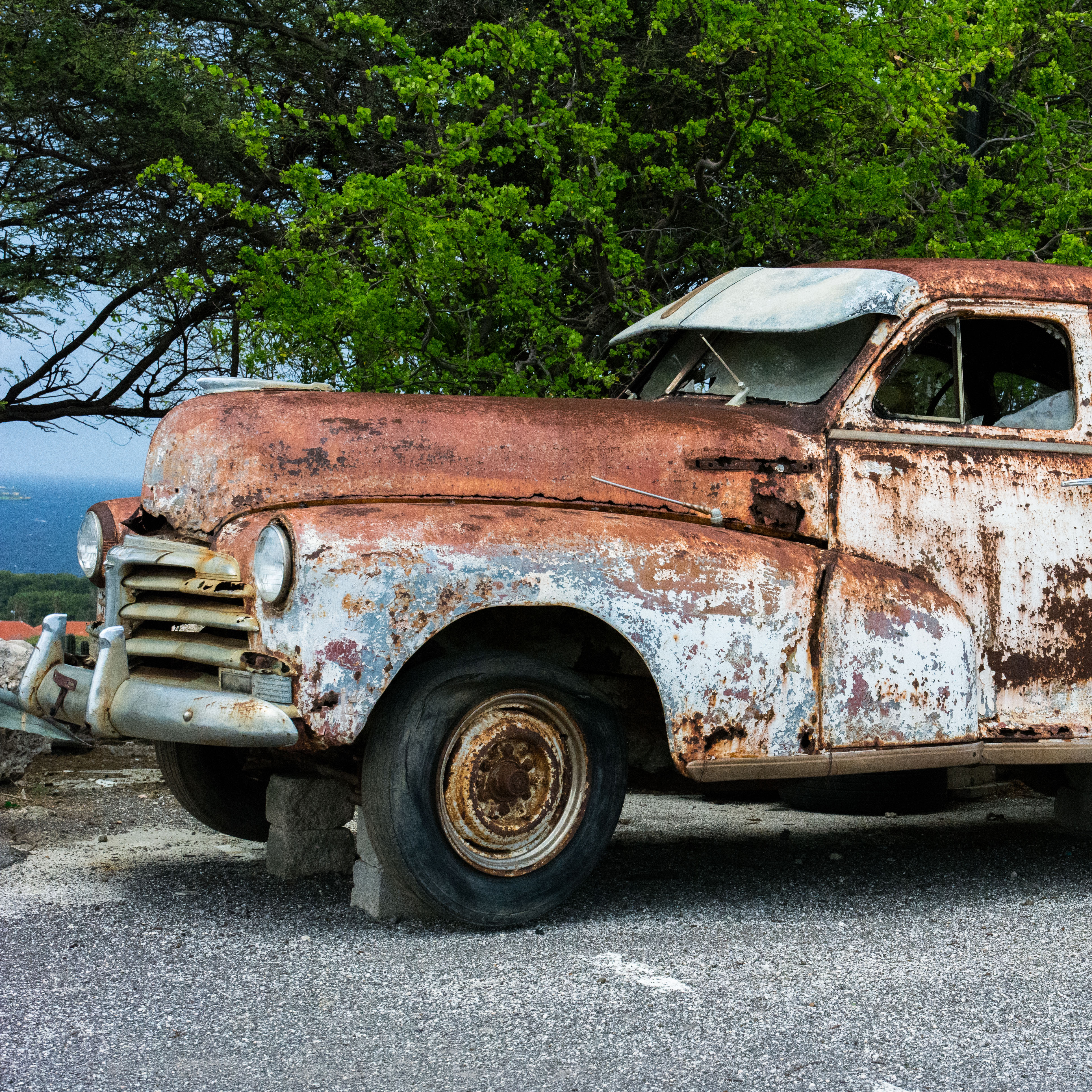Reaction Equilibrium and Rate

The relationship between reaction equilibrium and rate can be tricky to fully understand.
A state of chemical equilibrium is reached when the concentration of reactants and product are constant over time (Wikipedia). This often occurs when the forward and backwards reaction occur at the same rate.

At chemical equilibrium, the change in Gibbs free energy (ΔG) is zero. The change in energy is calculated by subtracting the free energies of the reactants from the free energy of the products.
A + B ⇌ C + D
ΔG = Gc + Gd - Ga - Gb
In contrast, the reaction rate is a measure of the rate of change of the concentration of a reactant or product (Wikipedia). For example, iron rusting, or oxidizing, at atmospheric pressures and temperatures is a very slow reaction and takes several years. In comparison, the combustion of magnesium to magnesium oxide when heated with a flame, occurs much faster.
There are several things that can affect the rate of a reaction, including the concentration, pressure or concentration, temperature, mixing, and the presence of a catalyst.
The equilibrium may also be affected by temperature and concentration, but not necessarily in the same way as the rate. The equilibrium depends more on the inherent chemistry of the reaction, rather than the experimental conditions.
What makes the reaction happen faster (rate) does not necessarily affect how much product results (equilibrium).
To help keep the two concepts straight, the video below explains the difference between reaction Reaction Equilibrium and Rate with a simple example: baseball!

 Online Courses
Online Courses
Want more videos like this? Click here to see more on reaction equilibrium and rate.